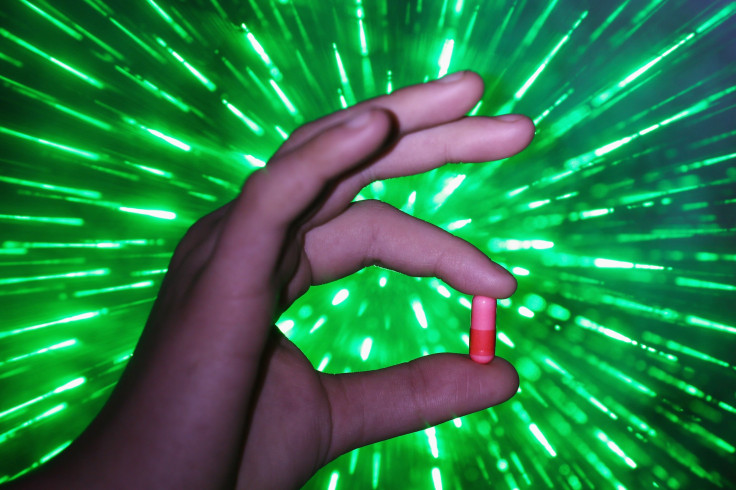LSD Triggers Strong Activation Of Mind’s Semantic Networks, Study Finds
Lysergic acid diethylamide, or LSD, is a synthetic drug that has been abused for its hallucinogenic properties since the 1960s. LSD can produce visual hallucinations and delusions that affect the consumer’s perception of time and identity. Usually sold as liquid or tablets, the drug is taken by mouth. It is colorless and odorless but has a slight bitter taste.
LSD can blur the line between the self and the environment, which is similar to what occurs in some psychiatric diseases. A study published in the journal Language, Cognition and Neuroscience investigated how LSD can affect speech and language.
Ten participants were asked to identify a sequence of pictures under the effect of LSD and a placebo, one week apart.
“Results showed that while LSD does not affect reaction times,” Neiloufar Family, lead author of the study and postdoctoral researcher at University of Kaiserslautern in Germany, said in a statement, “people under LSD made more mistakes that were similar in meaning to the pictures they saw.”

This means that when people saw a picture of a car when under the influence of LSD, they would incorrectly identify it as a bus or a train suggesting that the drug may affect the mind’s semantic networks. LSD triggered a strong activation of these networks, the study found, bringing to the mind more words that come under the same family of meaning.
The findings of this study could also help in understanding the neurological basis of these semantic networks.
“These findings are relevant for the renewed exploration of psychedelic psychotherapy, which are being developed for depression and other mental illnesses. The effects of LSD on language can result in a cascade of associations that allow quicker access to far away concepts stored in the mind,” Family said.
“Inducing a hyper-associative state may have implications for the enhancement of creativity,” she added. The strong activation of semantic networks can result in even subconscious thoughts coming up to the surface.



























